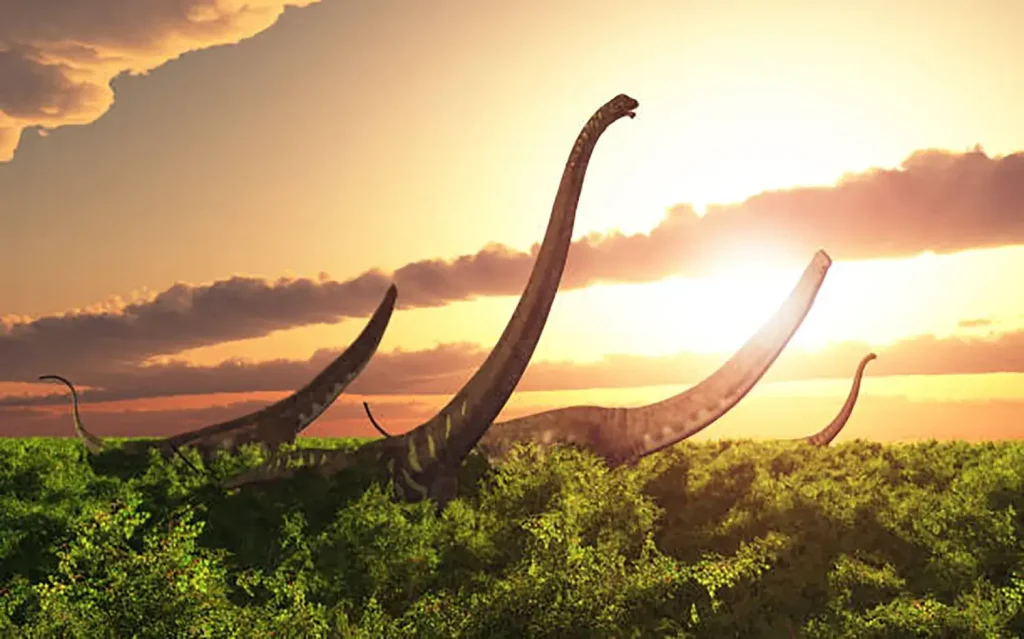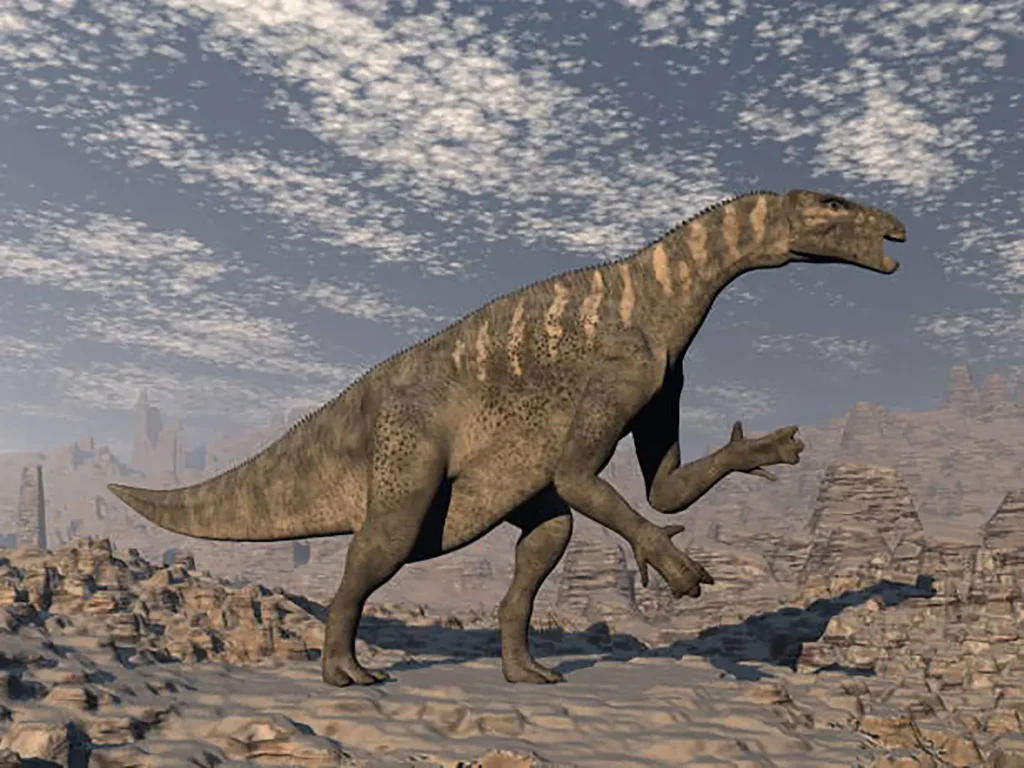The Top 10 Strongest Terrestrial Carnivores in History: A Comprehensive Look Based on Science and Thrill!
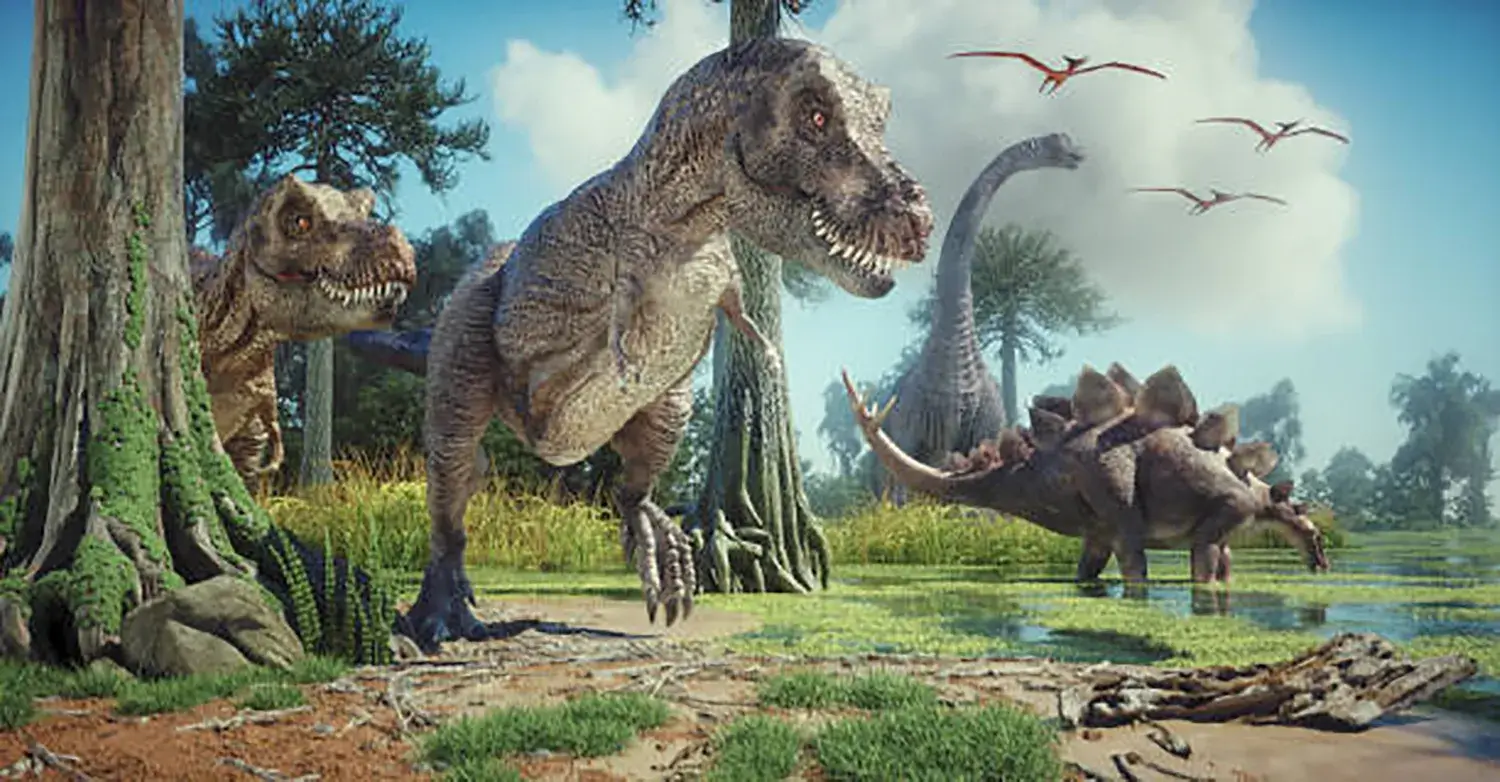
Throughout Earth’s history, dinosaurs thrived for a vast period of approximately 160 million years.
During each era, there were “strongest carnivorous dinosaurs” that reigned at the top of the ecosystem.
This article thoroughly examines the Top 10 Strongest Terrestrial Carnivores in History, spanning different eras and regions, based on a comprehensive assessment of physique, mobility, weaponry (jaw force, teeth, claws), and intelligence, drawing on scientific data and the thrill of paleontology.
Note
This ranking is the result of a scientific estimation of physique, mobility, weaponry, and intelligence based on fossil data and other evidence.
Strongest Dinosaur Ranking TOP 10
10th Place: Daspletosaurus
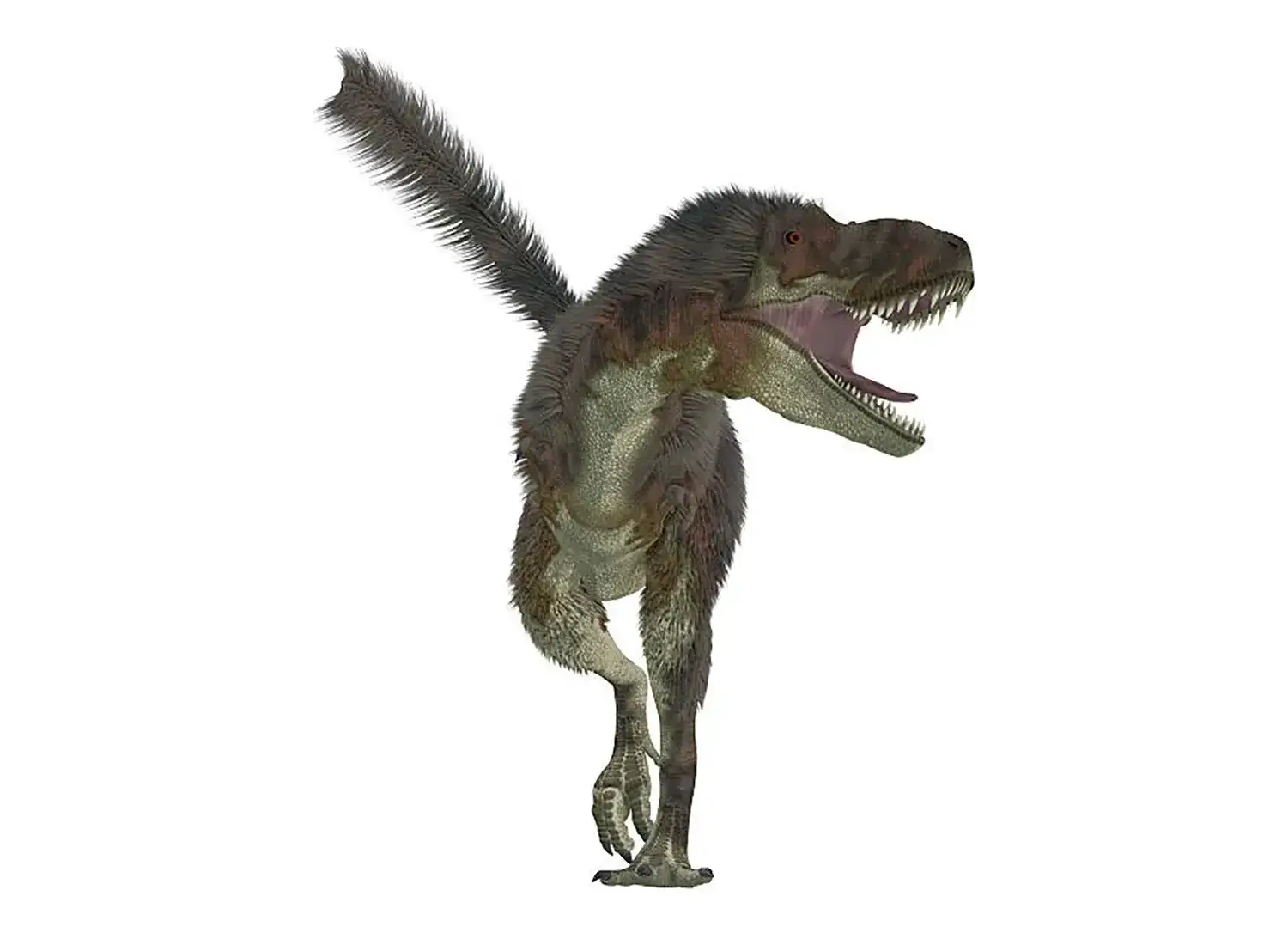
10th Place: Daspletosaurus
“The Fearful Lizard. A powerful hunter specializing in heavily armored prey.”
Specialty
Lived in North America during the Late Cretaceous, and was, as its name suggests, a “fearful lizard.”
It practiced niche partitioning with the more slender Gorgosaurus of the same era, specializing in hunting heavily armored dinosaurs like large ceratopsians and ankylosaurs.
Physique
It boasted a very robust physique, measuring 9m in length and weighing 3 tons.
Details on Daspletosaurus here
9th Place: Siats meekerorum
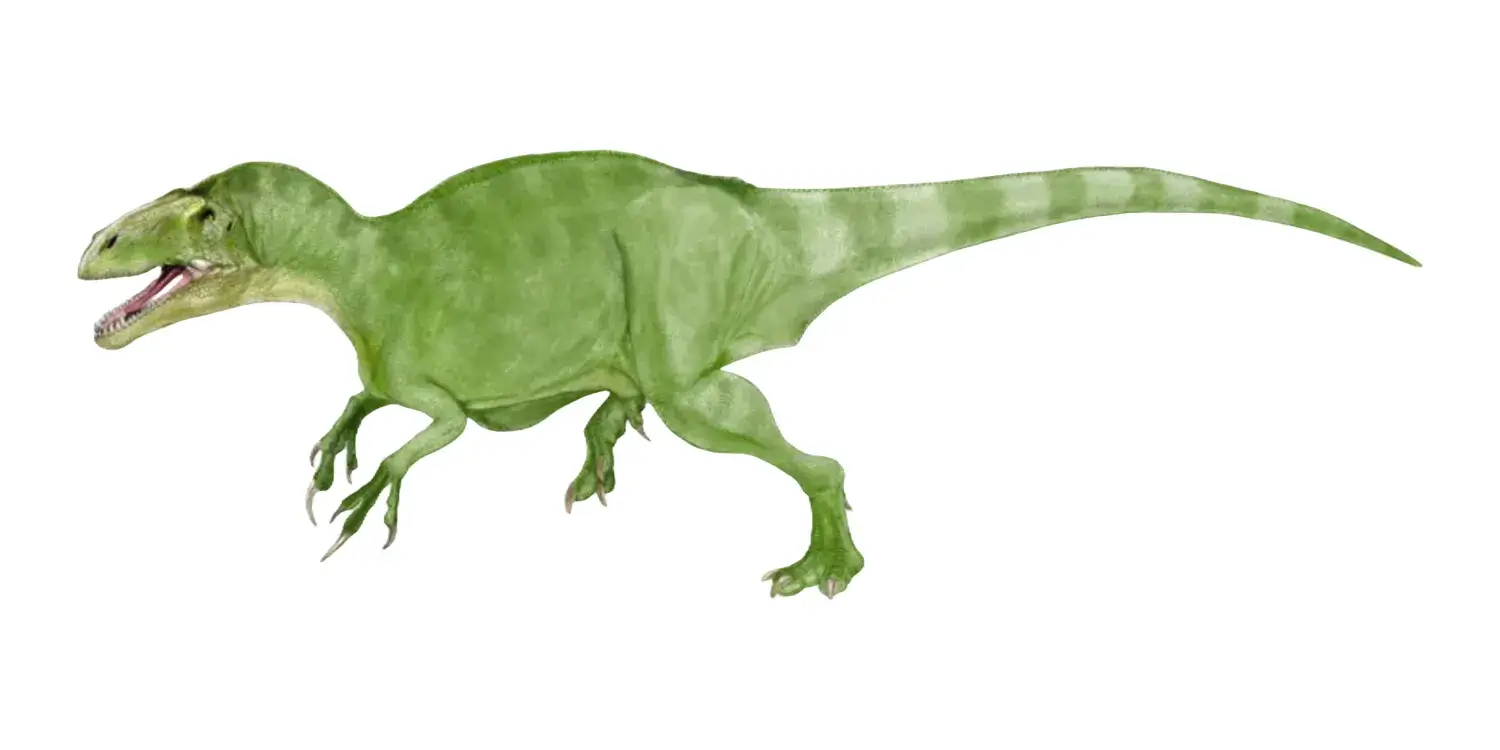
9th Place: Siats meekerorum
“The hidden king of North America before the appearance of Tyrannosaurus.”
Potential
Lived in North America during the Cretaceous.
Although the discovered fossil was an immature juvenile, its length was estimated to be 9 to 12m, suggesting a potentially much larger size as an adult.
Context
It is highly likely that it reigned at the apex of the North American ecosystem before the fully evolved Tyrannosaurus appeared.
This is a promising dinosaur that could easily break into the Top 3 if new data emerges.
Details on Siats meekerorum here
8th Place: Mapusaurus
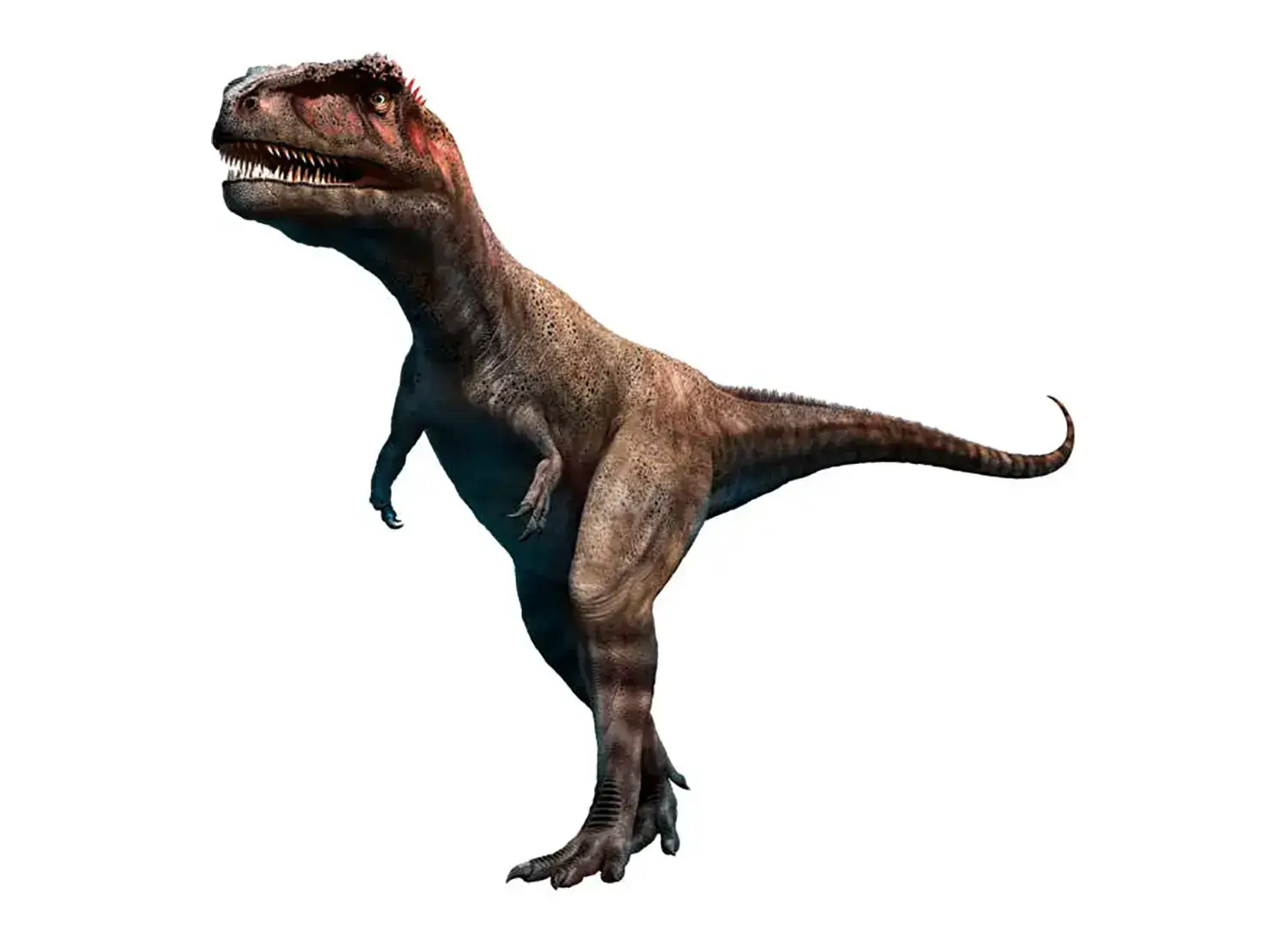
8th Place: Mapusaurus
“The South American blade master that hunted super-sized prey in packs.”
Social Behavior
Lived in South America during the Cretaceous.
It is believed to have hunted in packs, which is rare for a carnivorous dinosaur.
Weaponry
Its sturdy jaw was lined with sharp, knife-like teeth, making it adept at slicing flesh and inflicting deep, bleeding wounds that caused its prey to bleed to death.
Physique
It was relatively lightweight for its size and used group tactics to take down super-sized prey (sauropodomorphs).
7th Place: Allosaurus
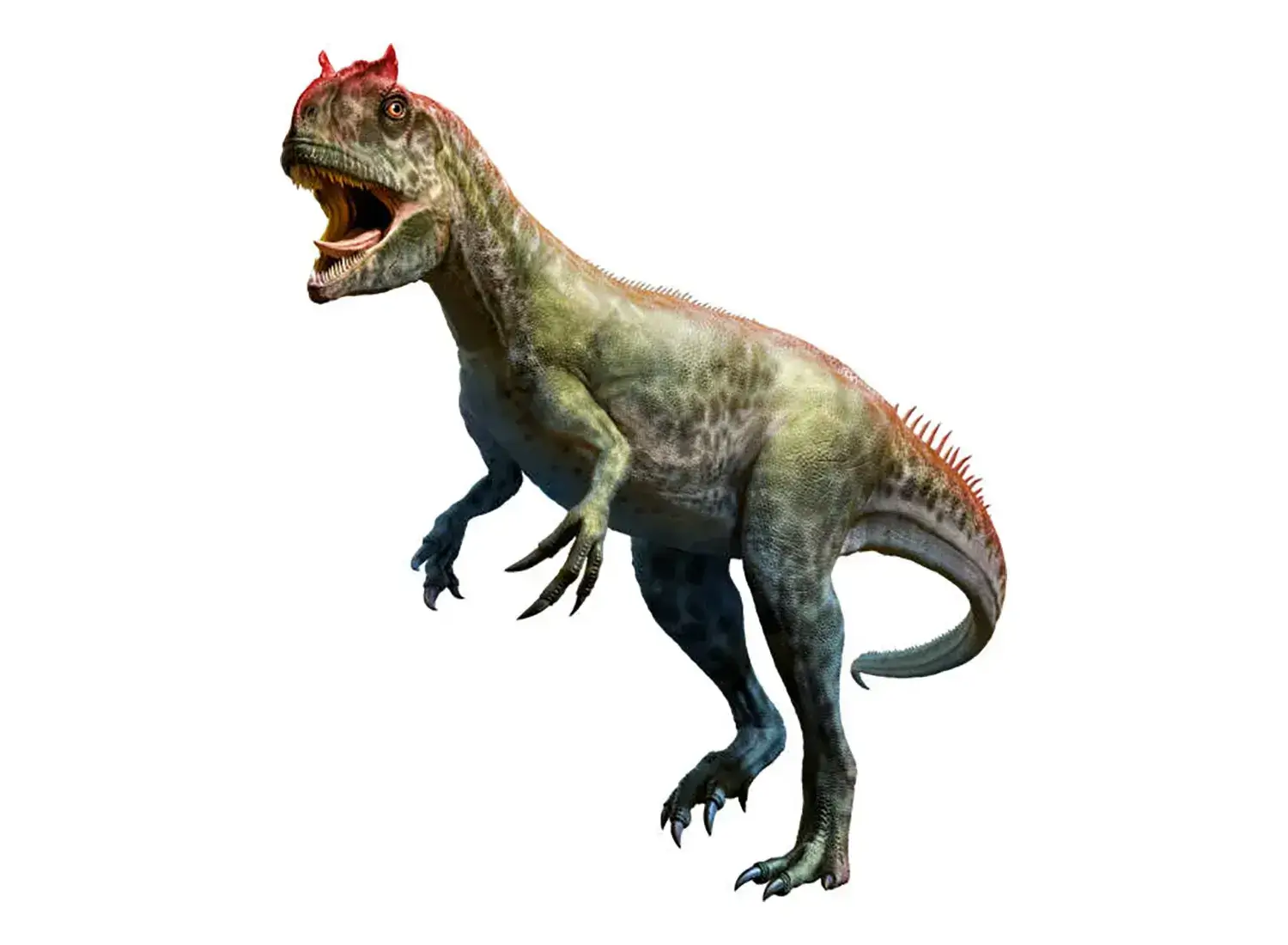
7th Place: Allosaurus
“The master hunter who reached the Jurassic peak with speed and intellect.”
Mobility
Lived in the Late Jurassic.
It was a master hunter, with running speeds estimated at up to 60 km/h, which allowed it to rely on agile movements.
Weaponry
Its weapons were its agile movements, sharp teeth, and 15cm-long curved claws on its well-developed forelimbs.
Hunting Style
One theory suggests it formed groups and employed efficient tactics that minimized wasted effort.
6th Place: Spinosaurus
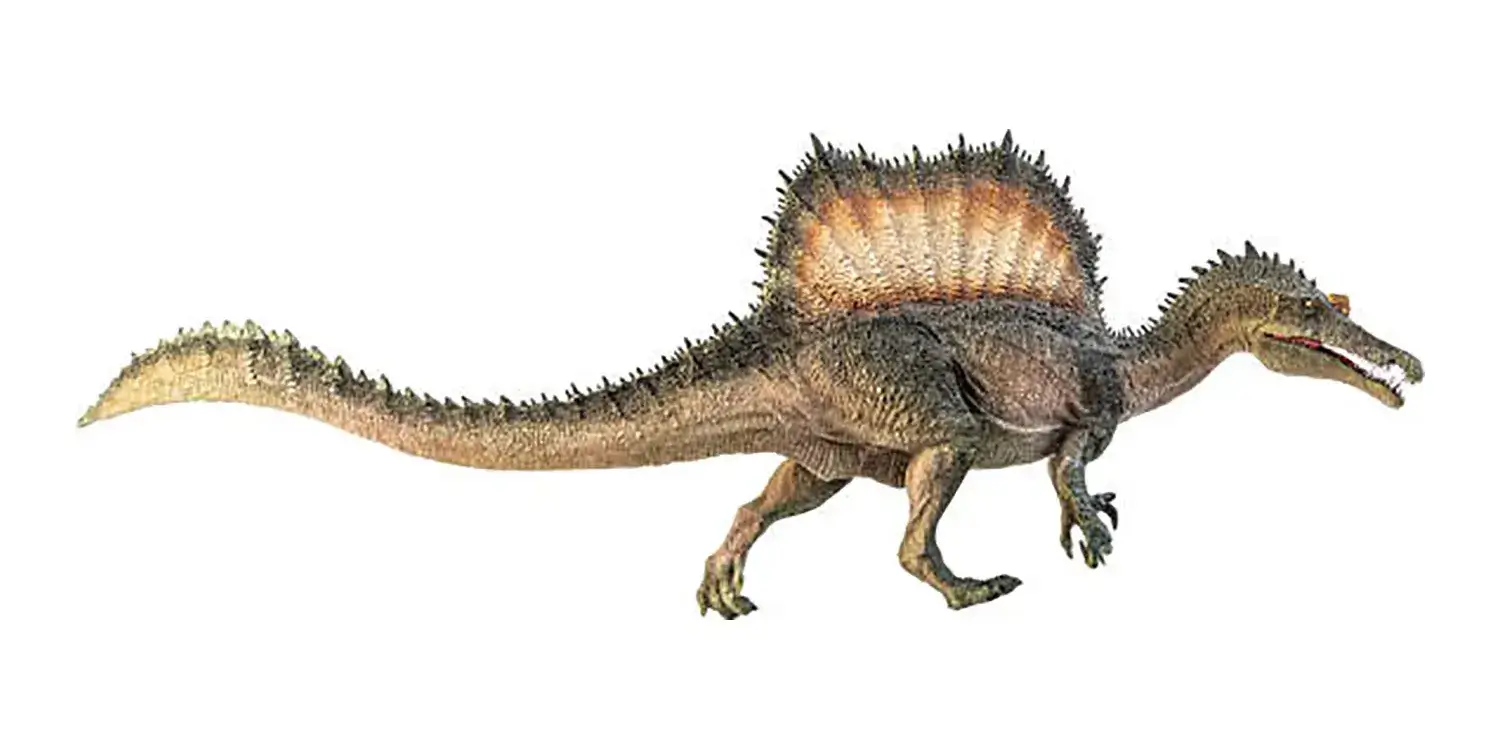
6th Place: Spinosaurus
“Invincible in water. The largest theropod in terms of length.”
Unique Ecology
At 13 to 15m, it is the longest dinosaur in this ranking.
It is definitively considered to have been adapted for life in water, possessing webbed feet.
Reason for Ranking
As this is a ranking of “terrestrial” carnivorous dinosaurs, its aquatic nature is a disadvantage.
It was not the strongest on land, as evidenced by fossils showing it was attacked by Carcharodontosaurus.
However, in aquatic combat, it would have been unmatched.
5th Place: Carcharodontosaurus
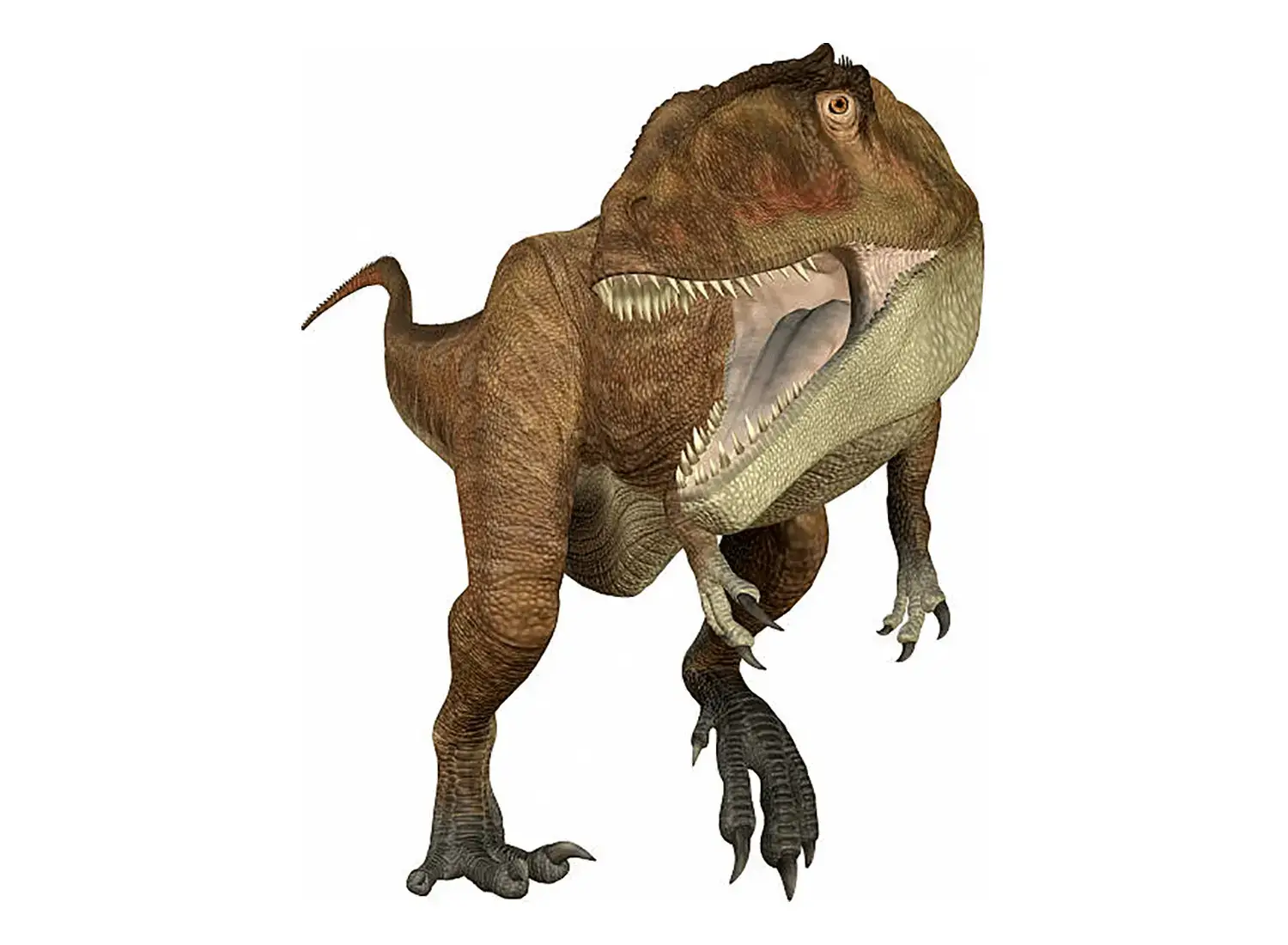
5th Place: Carcharodontosaurus
“The great white shark-toothed blade master, rivaling Tyrannosaurus in size.”
Basis of Strength
One of the largest carnivorous dinosaurs in history, living in North Africa, with a length equal to or slightly surpassing Tyrannosaurus.
Ultimate Slicing Weapon
Named the “shark-toothed lizard,” its sharp, serrated teeth were exceptional at slicing through the flesh of its prey, much like a shark’s.
Weakness
It was significantly inferior to Tyrannosaurus in jaw strength, so it would have needed to rely on cunning when facing opponents with powerful single-strike destructive force.
Details on Carcharodontosaurus here
4th Place: Tarbosaurus
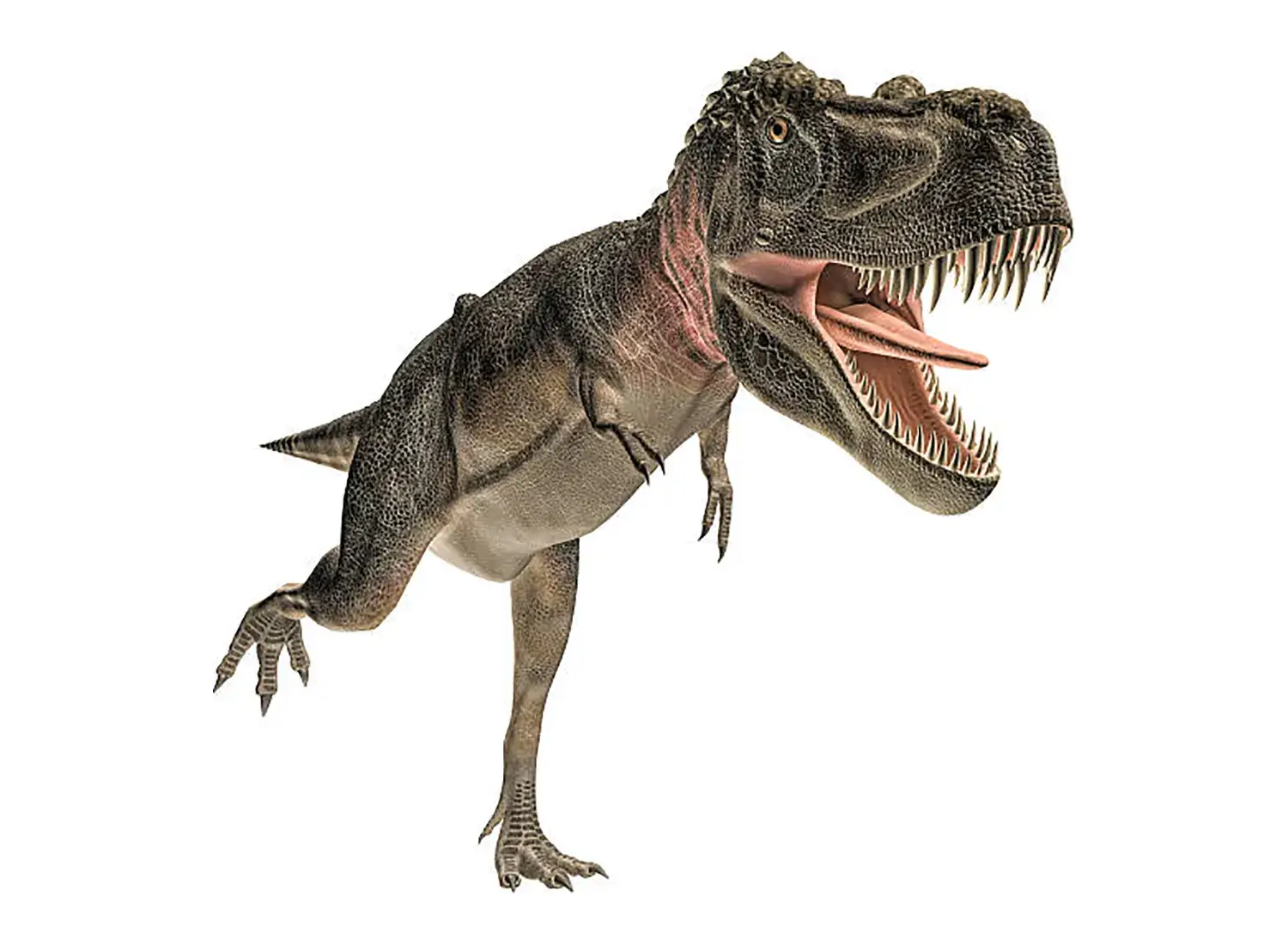
4th Place: Tarbosaurus
“The Tyrannosaurus of Asia. Jaw force with destructive power comparable to the original.”
Basis of Strength
Named the “terrifying hero lizard,” it reigned at the apex of the Asian ecosystem.
Its physique was remarkably similar to the original Tyrannosaurus, specializing in latching onto enemies with its powerful jaw and thick teeth.
Weaponry
Possessed destructive power similar to the original, including powerful hind legs and a whip-like tail.
Reason for Ranking
It is ranked here because it was confined to the Asian region and its overall physique was slightly more slender.
3rd Place: Acrocanthosaurus
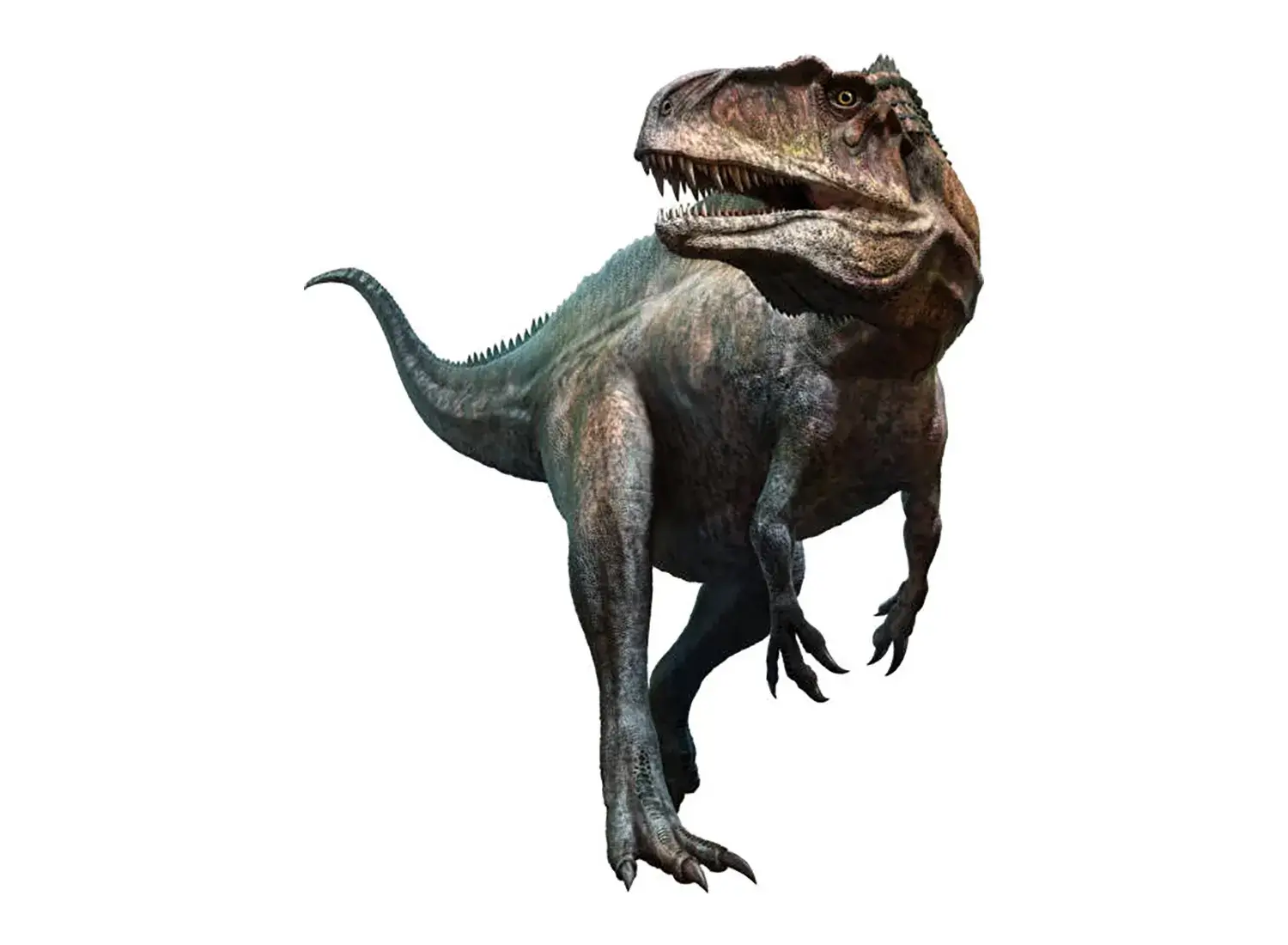
3rd Place: Acrocanthosaurus
“The most terrifying of the Early Cretaceous. A hunter with swift movement and sharp teeth.”
Basis of Strength
Its high physical ability earned it the title of most terrifying during the Early to Mid-Cretaceous in North America.
High Mobility
It was capable of running at speeds of about 40 km/h, boasting very high mobility for a large dinosaur.
Powerful Weaponry
Not only its hind limbs but also its forelimbs were highly developed, making its sturdy claws an effective weapon.
Details on Acrocanthosaurus here
2nd Place: Giganotosaurus
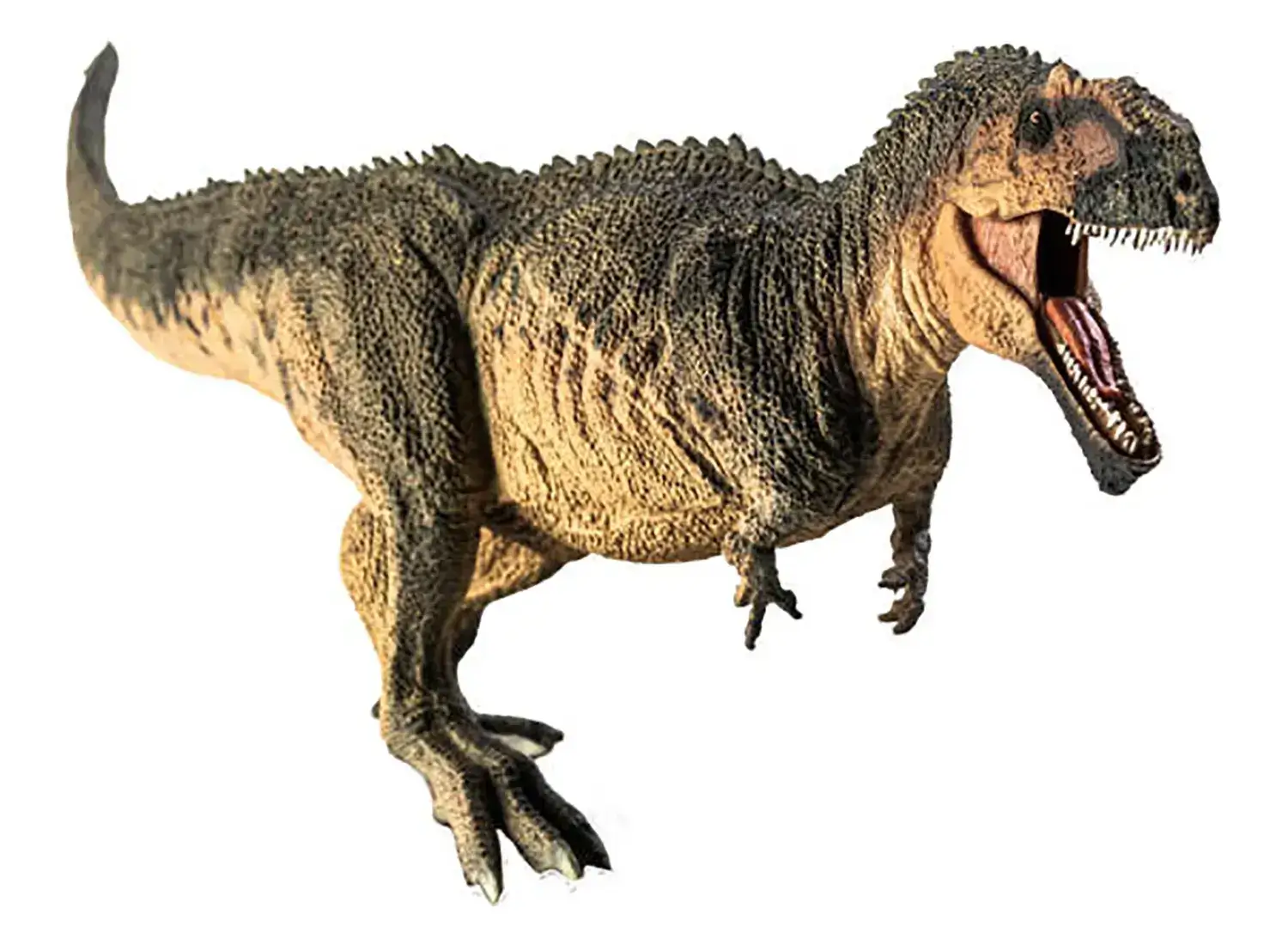
2nd Place: Giganotosaurus
“The South American heavy tank, combining colossal size and agility, surpassing Tyrannosaurus.”
Basis of Strength
At 13m long and 6 to 8 tons, its sheer size surpassed Tyrannosaurus in mass.
Despite its robust build, it was still capable of agile movements.
Weaponry
Its skull was very long, measuring 1.5m. Although its jaw power was less than Tyrannosaurus, it specialized in slicing meat with its sharply pointed teeth.
Its specialty is believed to have been the headbutt.
Hunting Style
Its combat ability is undeniable, as it hunted in groups and preyed on super-sized dinosaurs like Argentinosaurus.
Details on Giganotosaurus here
1st Place: Tyrannosaurus
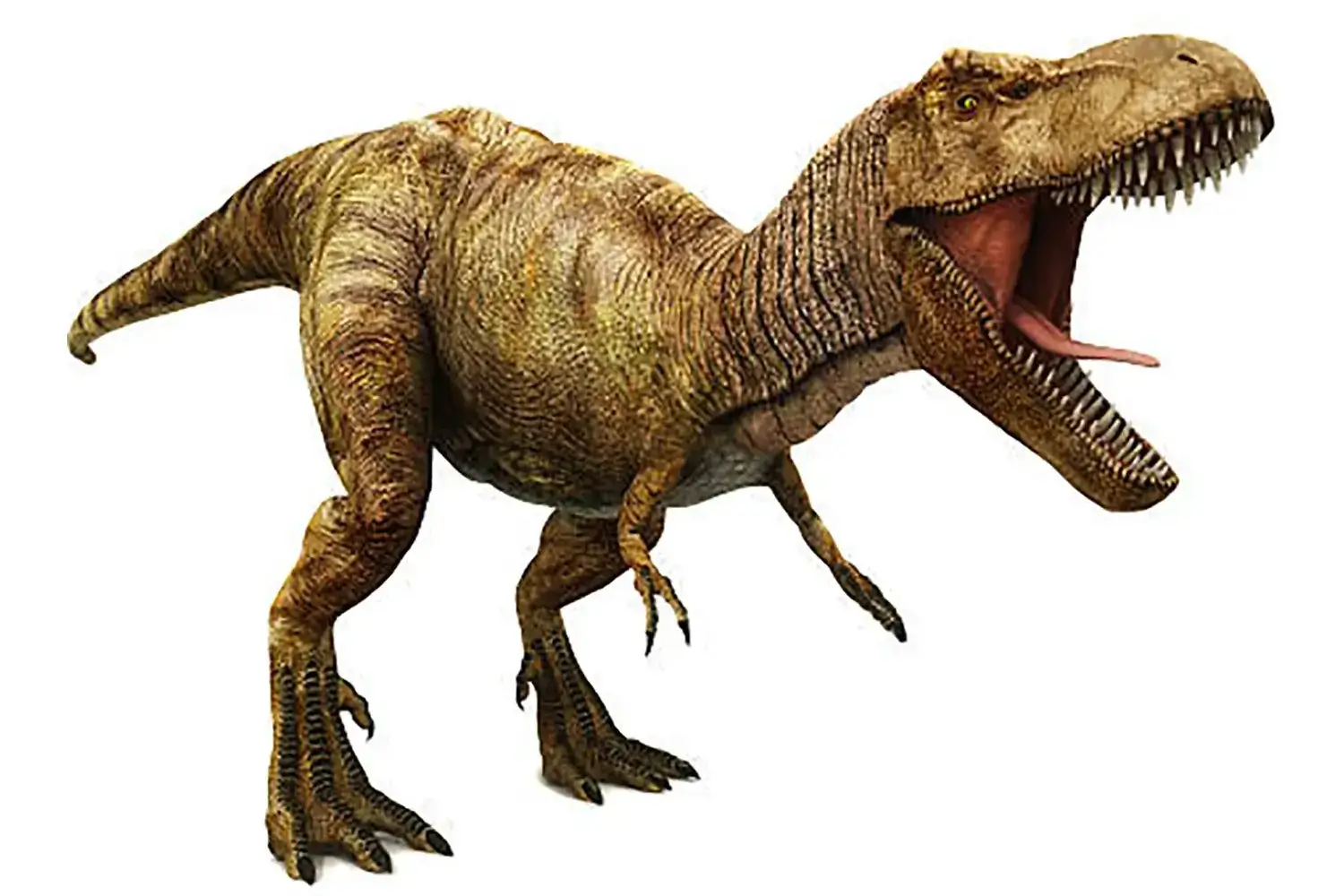
1st Place: Tyrannosaurus
“The final completed form of the dinosaur, possessing everything necessary for hunting.”
Basis of Strength
The ultimate evolution of the dinosaur, combining the strongest bite force in history with superior intelligence and senses.
Overwhelming Combat Ability
Its jaw force was an astounding 57,000 Newtons (about 3 times that of Giganotosaurus and 6 times that of Allosaurus).
It could easily crush the bones of its prey, immediately demoralizing its opponent with a single bite.
Ultimate Weaponry
Sharp teeth up to 30cm long.
It was an intelligent hunter with stereoscopic vision and a keen sense of smell, allowing it to accurately locate and judge the distance to its prey.
Context
It was an invincible presence that preyed on large creatures like Triceratops and continued to reign at the top of the ecosystem until just before the extinction of the dinosaurs.
The Era Cultivates the Strongest
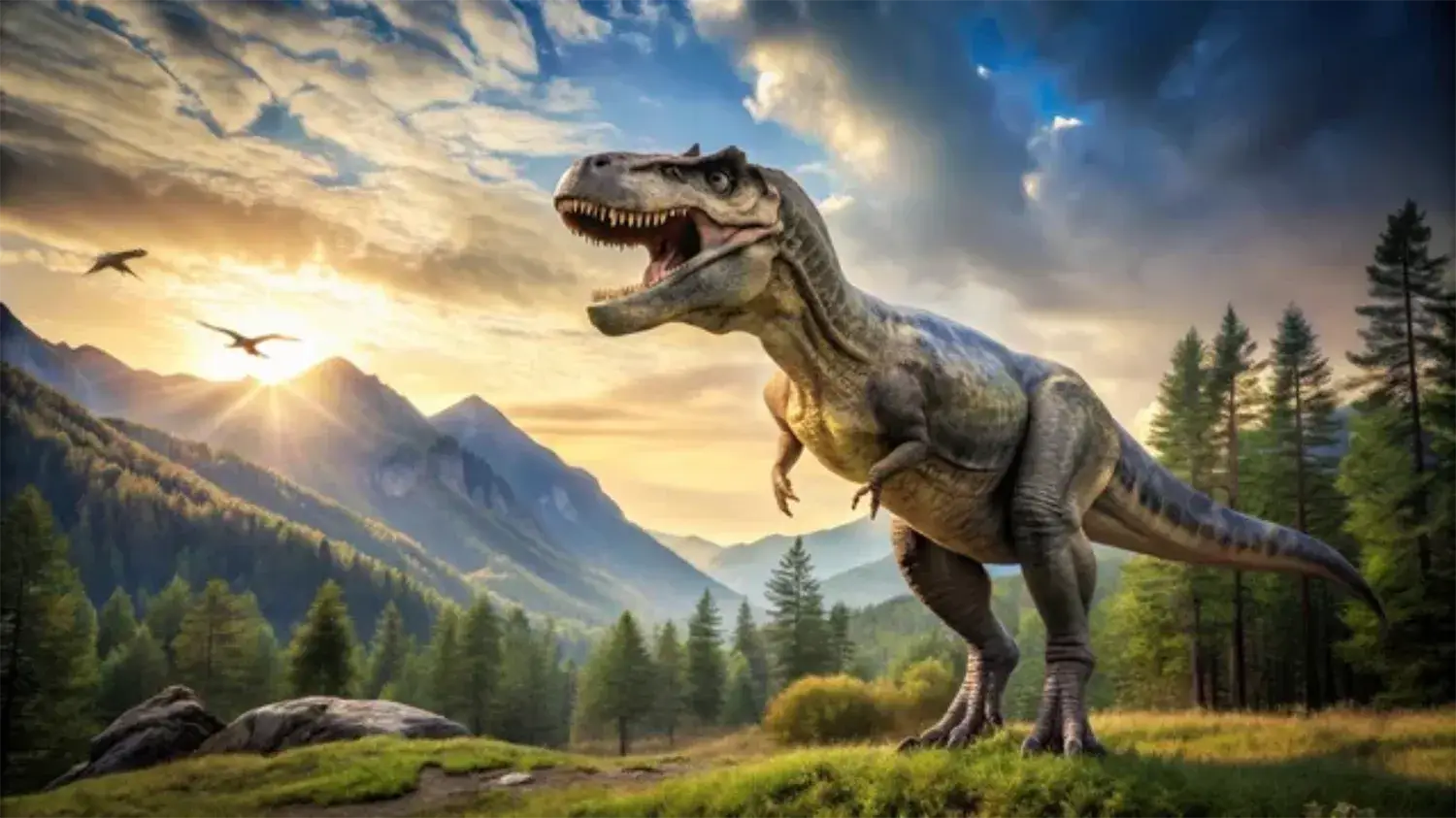
The Era Cultivates the Strongest.
Dinosaurs existed for an extremely long period of 160 million years, during which a single species underwent various transformations and rebirths.
Tyrannosaurus is a prime example.
Early relatives of Tyrannosaurus were small and would not have been able to top the ecosystem, but their eventual appearance as the “completed form” in the final chapter may be the biggest reason for their strength.
If the extinction of the dinosaurs had not occurred, it is possible that other species would have evolved to become even more powerful, potentially preying on Tyrannosaurus.
The Strongest Rulers of the Sky and Sea
This ranking was limited to “terrestrial carnivorous dinosaurs,” but the dinosaur age also had overwhelming rulers in the sky and sea.
Ruler of the Sky: Quetzalcoatlus
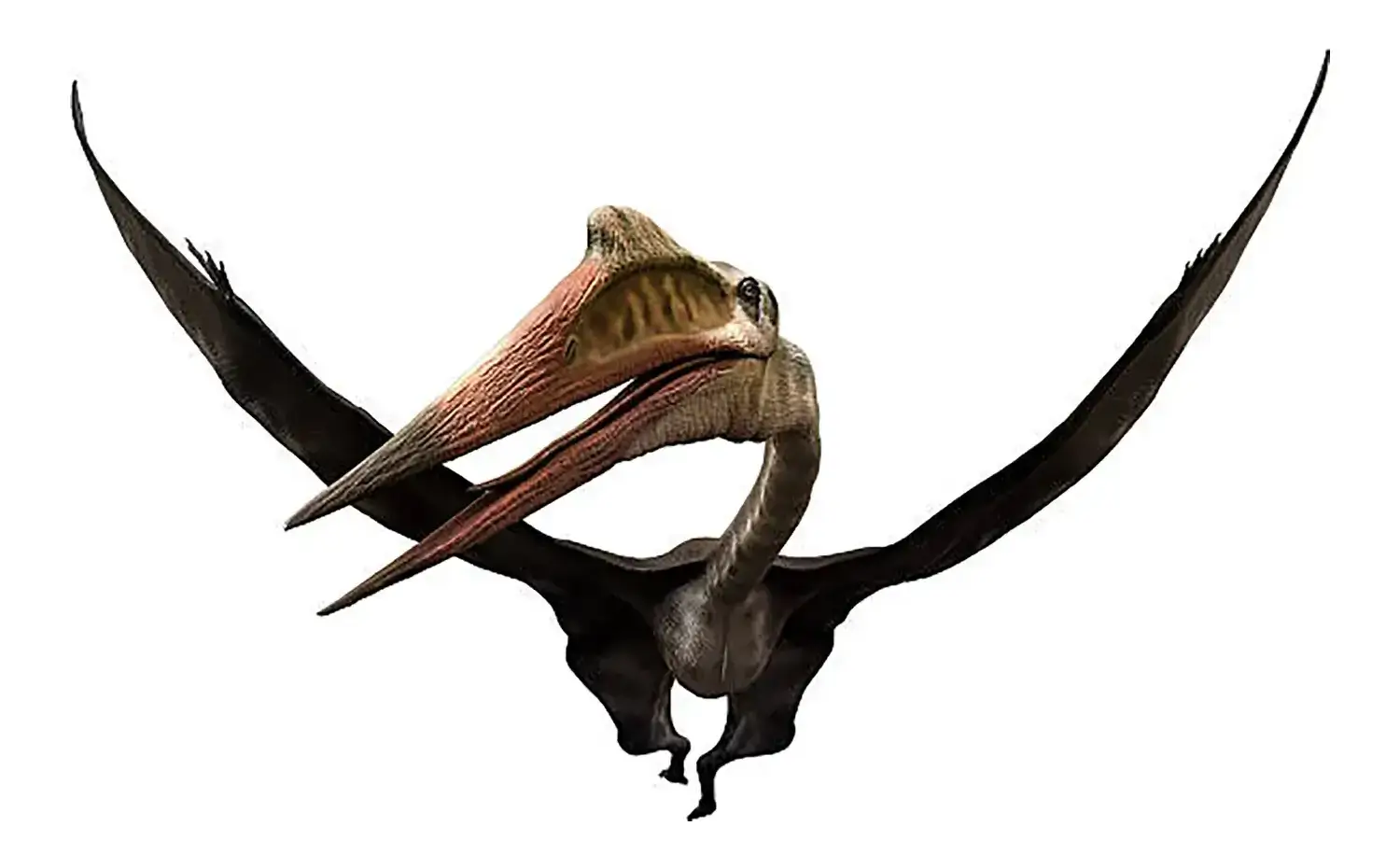
Ruler of the Sky: Quetzalcoatlus
Quetzalcoatlus was likely the dominant creature in the aerial ecosystem during the dinosaur age.
Its colossal size (over 10m wingspan) and developed muscles gave it an overwhelming presence as the ruler of the sky.
The fact that it lived during the Late Cretaceous, just before the dinosaur extinction, is evidence that it stood at the peak of its evolution.
Details on Quetzalcoatlus here
Rulers of the Sea: Liopleurodon and Pliosaurus
The strongest predators in the sea were Liopleurodon and Pliosaurus.
Liopleurodon
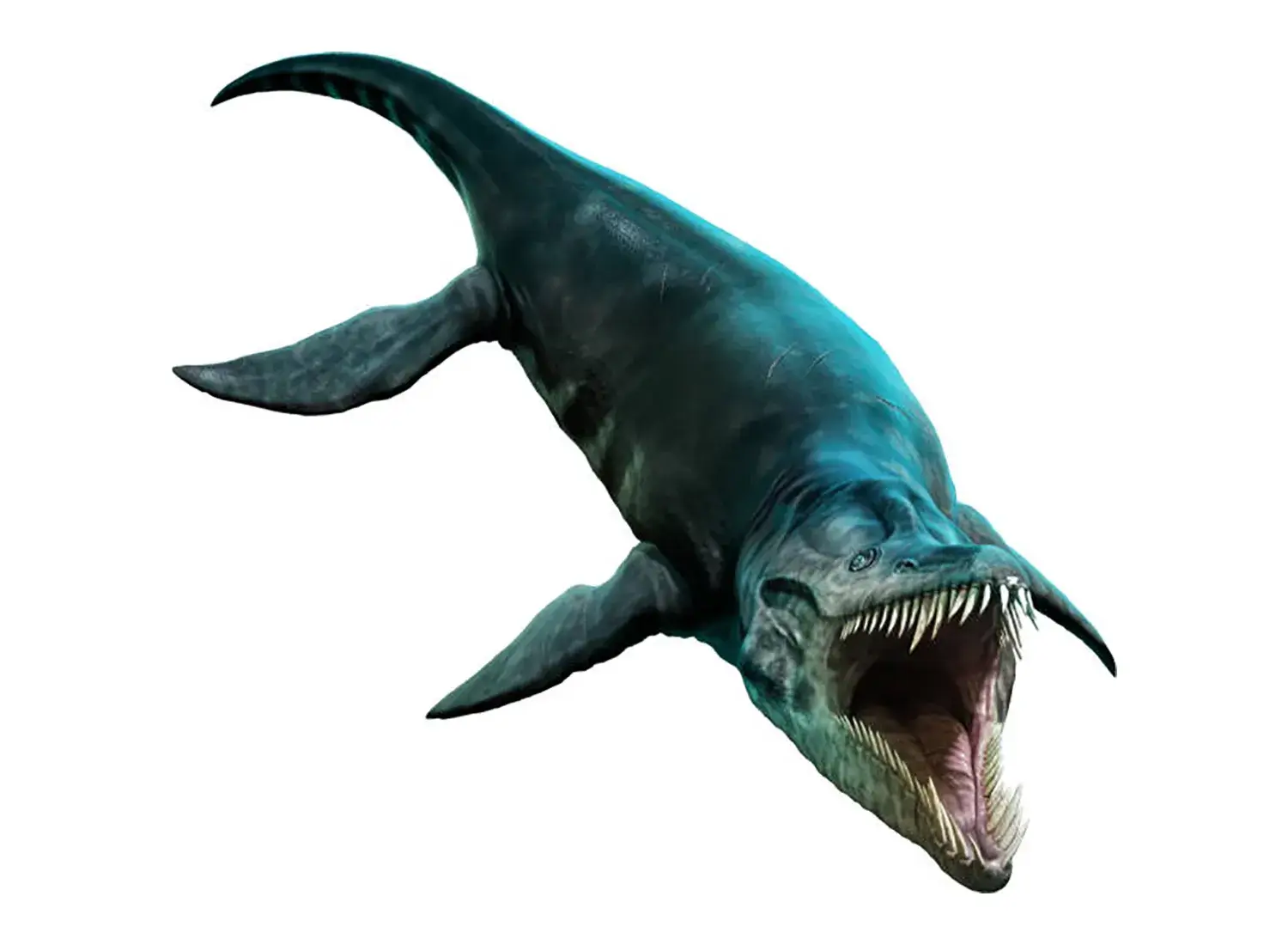
Liopleurodon
Liopleurodon was a huge, ferocious marine reptile with powerful jaws and sharp teeth.
Pliosaurus
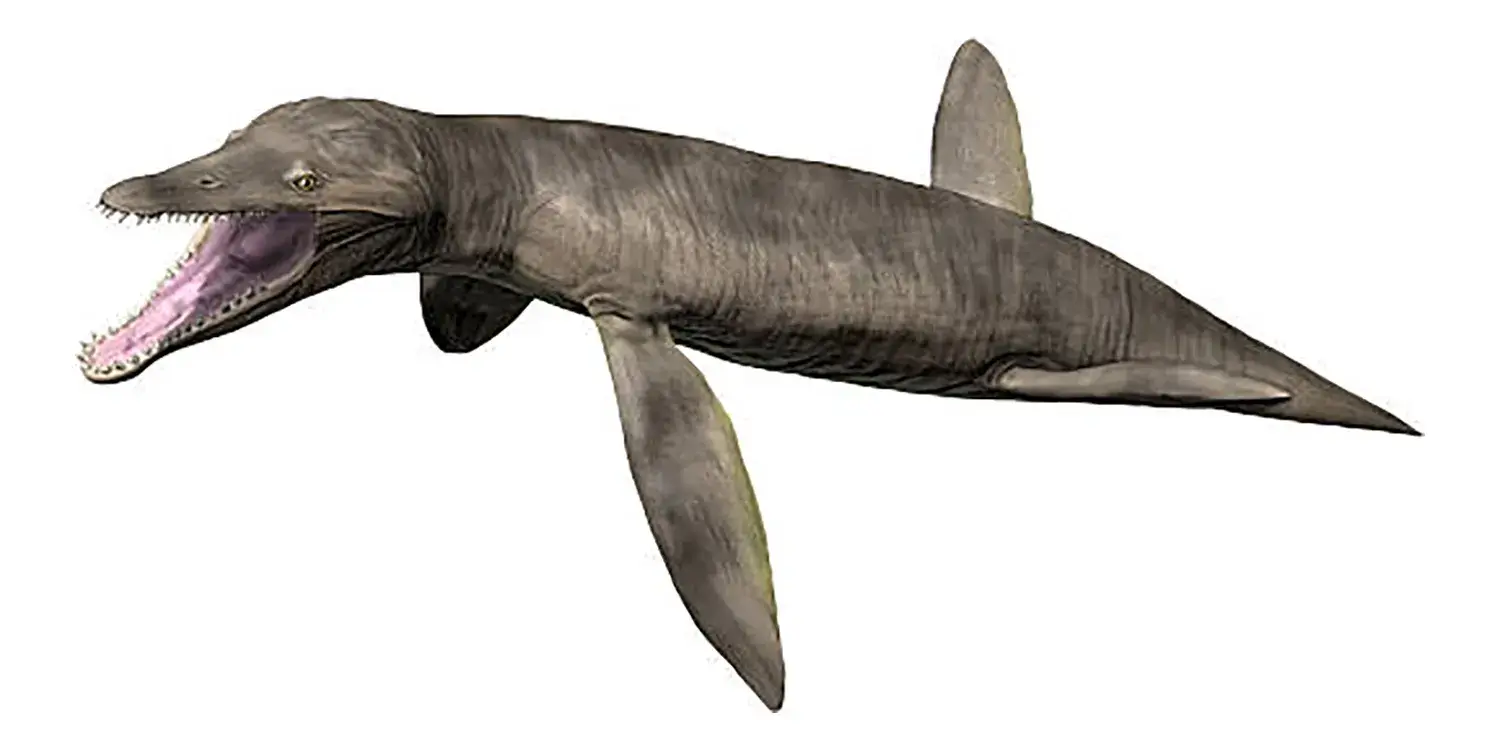
Pliosaurus
Pliosaurus funkei (nicknamed “Predator X”) is considered a top contender for the title of “strongest” due to its astonishing destructive power, with a bite force estimated to be four times that of Tyrannosaurus.
The Strongest Among Herbivorous Dinosaurs
Some herbivorous species also deserved the title of “strongest” due to their immense size or defensive capabilities.
Argentinosaurus, the largest dinosaur ever with an unmatched size, and Triceratops, which defended itself with its formidable horns and frill, are prime examples.
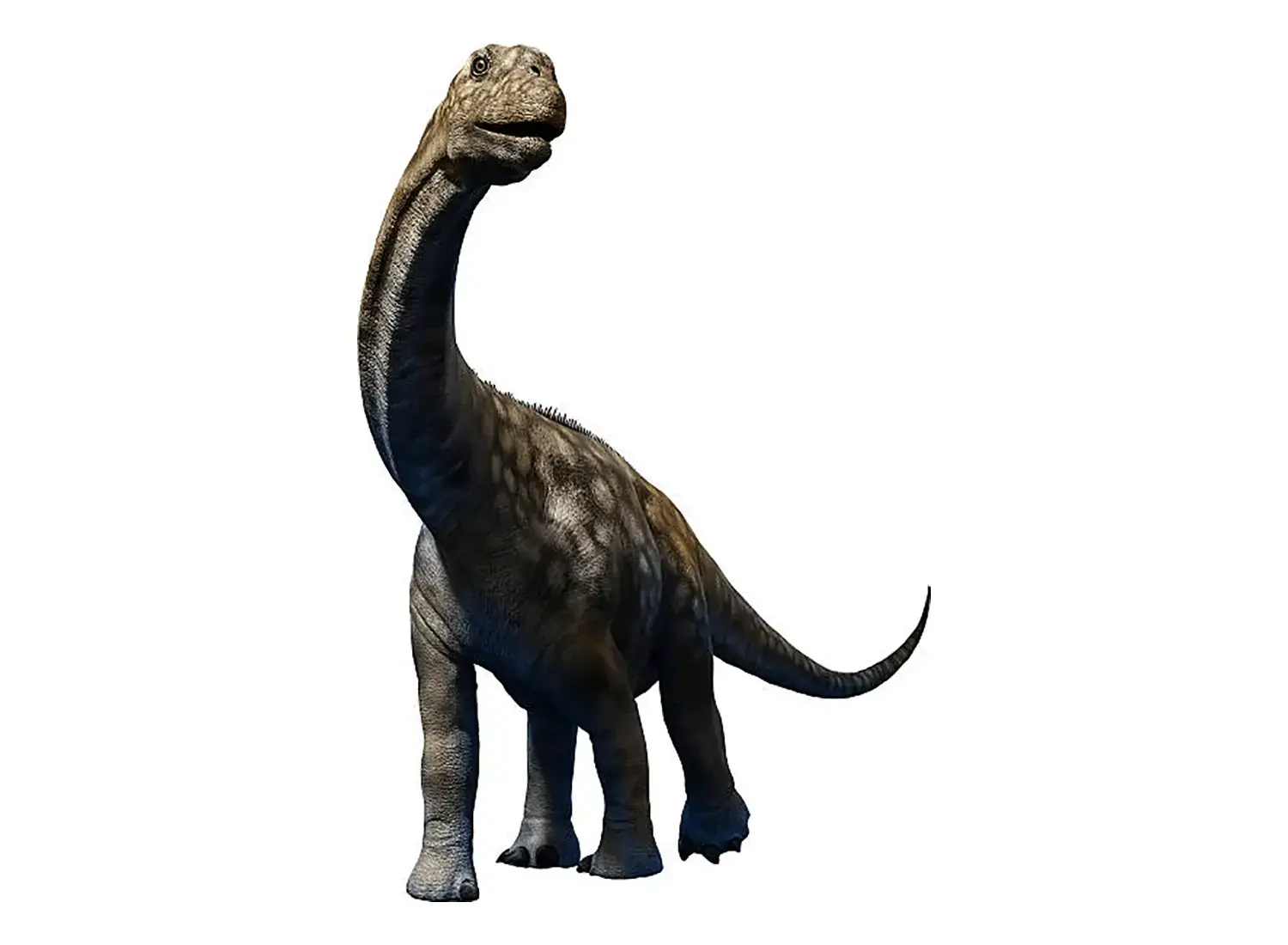
Argentinosaurus
Details on Argentinosaurus here
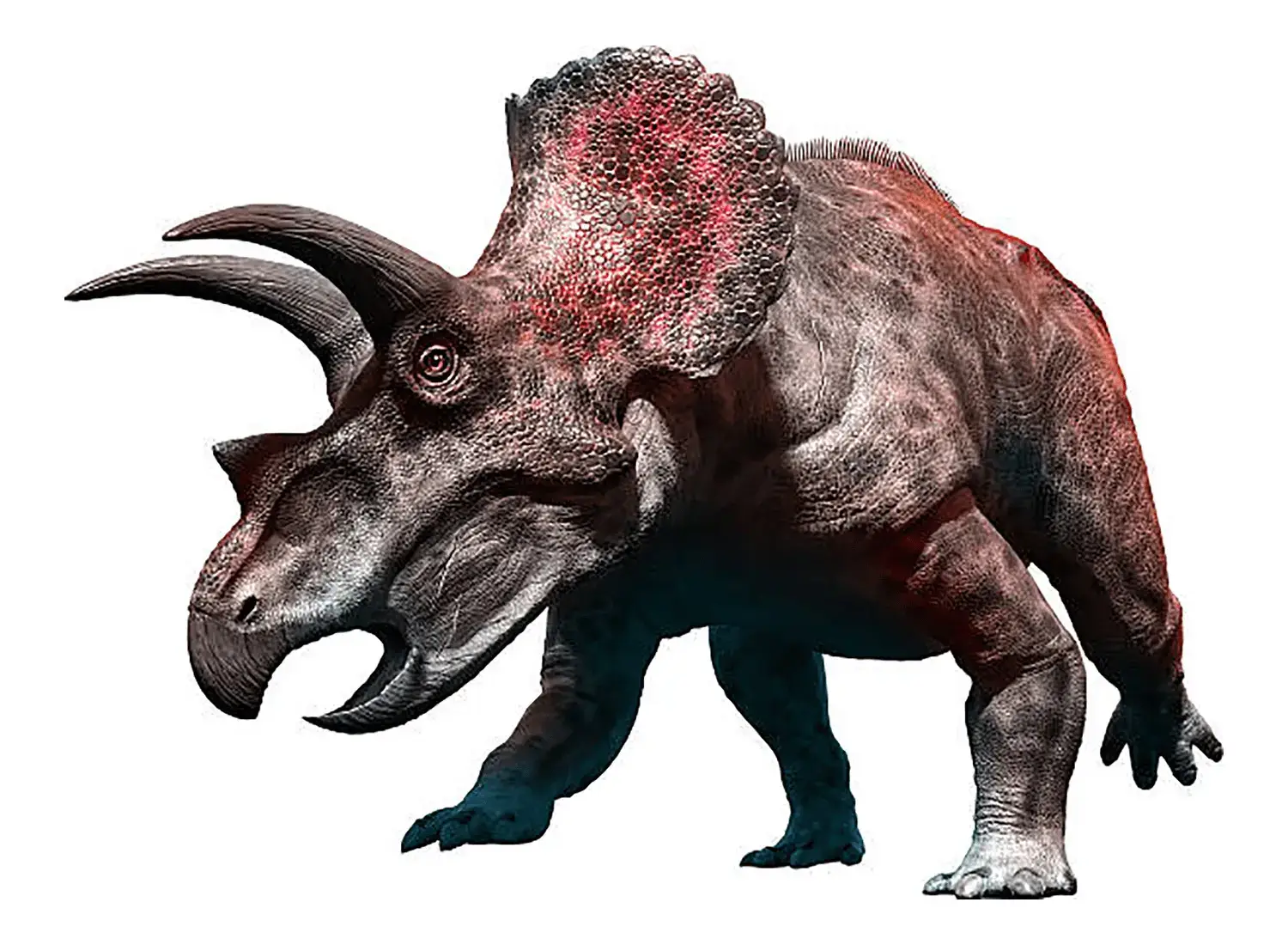
Triceratops
Summary
All the dinosaurs featured here were great creatures that reached the pinnacle of their respective eras.
We hope this has sparked your interest in dinosaurs beyond the most major species.
